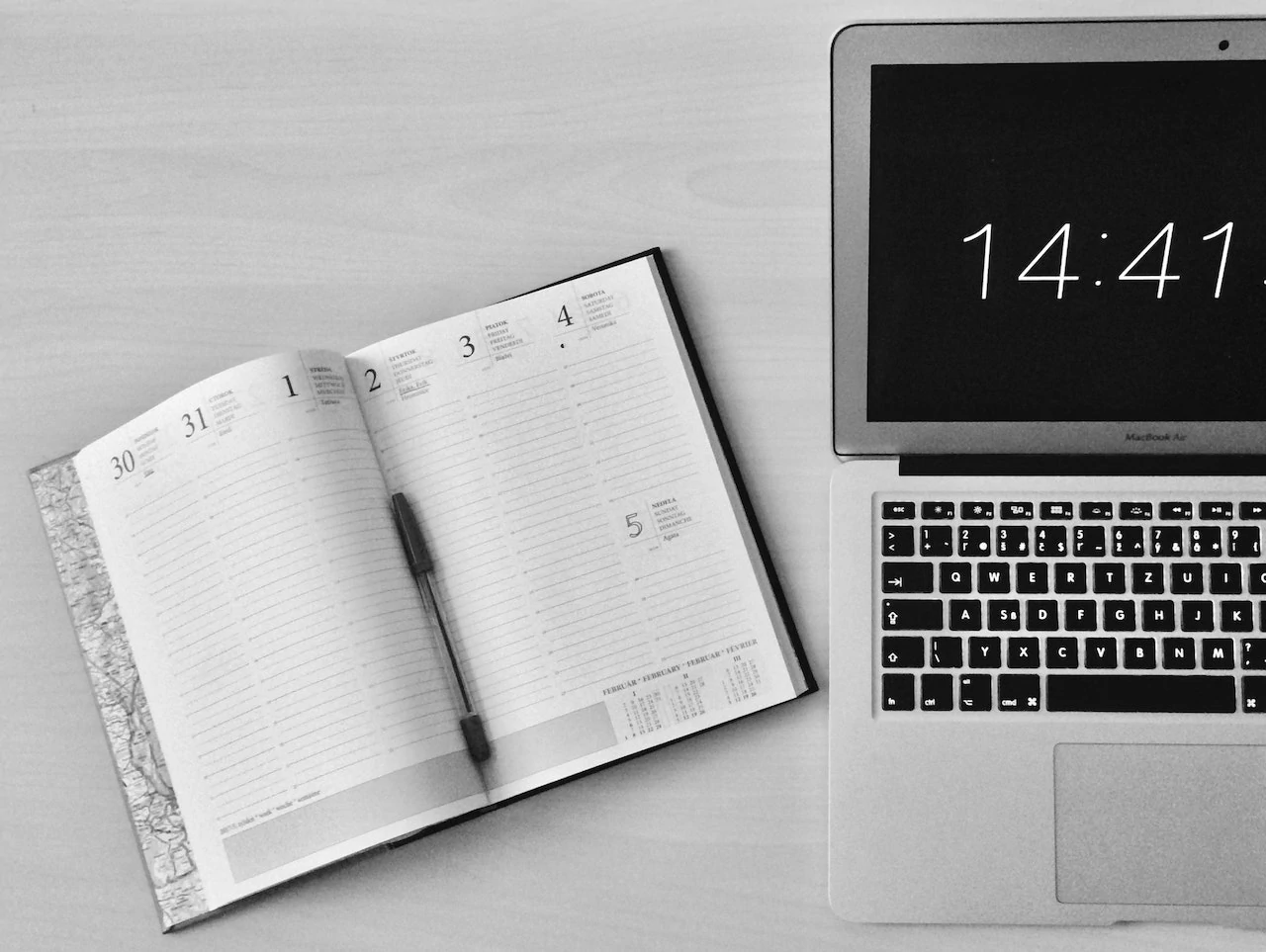“You become a better person by sacrificing yourself, putting your own needs second and other people’s needs first.” Does this statement sound familiar? It is a lie we have been told that we need to do this in order to be a better person. Nothing could be farther from the truth.
It is time to let go of the stigma around putting “Me First”.
It is no one else’s job to make you happy. You are the only one who can do this for you. So then the same holds true for others. It is never your job to prioritize someone else before yourself, especially their happiness. You will fail every time as they are the only ones who can do it for themselves.
What Does it Mean to Make Yourself a Priority?
Making yourself a priority is often confused with being selfish. Can you accomplish your dreams while you are drowning? Self-prioritization simply means putting yourself, your goals, and your visions first, because no one else can do it for you. It means letting go of the distractions that stop you from doing this and telling yourself “I am a priority” until you believe it.
Creating a positive change in our lives and how we exist with others is crucial. To achieve this, one must be aligned to one’s core values, stay motivated, stay emotionally and physically resilient, and maintain a happy life. Oftentimes, however, we focus so much on delivering these values and making a difference in those around us, that we forget the most crucial element to success: our physical and mental health.
Making yourself a priority means you focus on these key elements of success. You prioritize what makes you happy, keeping your health and mental well-being at the forefront. It means focusing on the things that give you energy rather than what depletes you. It means upgrading the internal dialogue to that of deep self love and encouragement rather than self criticism. It means being intentional about prioritizing your happiness and loving yourself enough to choose happiness in life, from your career to your love interests to your daily habits.
Why Is it Important to Make Yourself a Priority?
Life will always have its ups and downs and the most important thing that gets us through is our perspective. When we do not prioritize ourselves it is very easy to not only lose perspective but also get angry and resentful.
You need energy, bandwidth, and mental wellness to wake up every morning to seize the day. You can only achieve this state if you are focused on yourself and your goals. Most people get frustrated, stressed, and even fall into depression when they can’t accomplish their goals – mostly because they are busy taking care of others.
When you make yourself a priority, you build clarity around the boundaries. You can easily say ‘no’ even when the situation may be compelling you to say ‘yes.’ Agreeing to something that could affect your focus eats away at something inside of you – but not if you set clear boundaries.
Furthermore, prioritizing yourself allows you to stay true to yourself. It means you are constantly doing self checks of what feels good and when it doesn’t feel good it is a sign to pivot or gain a different perspective. When we stay true to ourselves we are able to keep on track with what lights us up and what gives us excitement. We also are able to have ample energy for the people and things we love because we are not constantly draining ourselves.
Making Yourself a Priority Boosts your Productivity
Disorganization, which comes when you feel like you are being pulled in multiple directions, diverges your energy and focus, affecting productivity. You can create plans with a focus on specific paths to follow, which helps you achieve your goals when you put yourself first. Making decisions and acting organized enables you to focus your energy on a specific task, which leads to improved productivity.
10 Ways to Make Yourself a Priority
Here are 10 ideas you can follow to make yourself a priority.
- Set boundaries and keep them
- Have a consistent morning routine to set you up for success
- Understand that self-care is not a luxury – it’s a necessity
- Set aside time for yourself and mark it on the calendar
- Put more effort and value into your physical health – sleep well, eat well and exercise more.
- Tune into your feelings. They will always be the perfect guide to letting you know you are on track because it will feel good.
- Listen to the “Self-talk” and upgrade the dialogue to more positive talk when necessary.
- You are unique, so stop comparing yourself to others – follow a growth mindset instead.
- Always set aside time for appreciation – let yourself feel the things you are most grateful for.
- Focus on what is in your control only. The rest will drain your energy.
If you feel like you have been working too hard to impress others, it’s time to change that. It does not mean becoming selfish – just working more on yourself and ignoring the fear of what others may say or think. Don’t ignore your personal needs when striving to achieve your goals: self-prioritization = a happier and more fulfilling life.
Remember: one key thing is the more we prioritize our happiness the bigger impact we have on those around us.
Need more tips on how to put yourself first? Check out my book “Me First” to better understand how to prioritize yourself.











